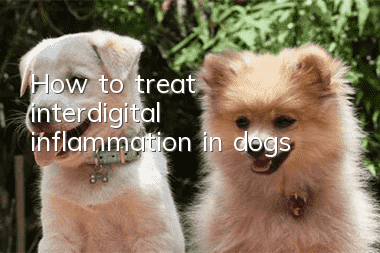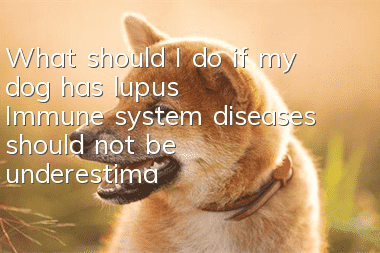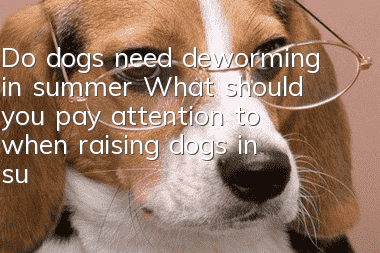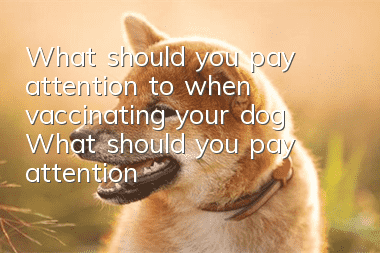How to treat interdigital inflammation in dogs

The primary treatment for dog interdigital inflammation is to keep the spaces between the toes dry and clean. If it is just simple redness, swelling and pain, it is recommended to treat the dog with anti-inflammatory and sterilizing drugs, and at the same time avoid the dog from walking a lot. If there is purulent secretion, you need to squeeze out the secretion first, then disinfect the wound, and then use antiseptic, anti-inflammatory, and swelling-reducing drugs for treatment. Purulent secretions need to be squeezed out and the wound disinfected before each application. During the treatment period, medication needs to be taken continuously on time, otherwise the dog may develop drug resistance, resulting in interdigital inflammation that cannot be recovered.
The treatment cycle for interdigital inflammation is generally more than seven days, and the length of recovery time mainly depends on proper care. Specific treatment methods can refer to the following points.
1. Improve the dog’s living environment, keep it clean and dry, and be sure to dry the dog’s feet after bathing them to avoid moisture.
2. Wear an Elizabethan collar on the dog to prevent the dog from licking the affected area and causing secondary infection.
3. Rinse the affected area with normal saline and metronidazole for disinfection. If there is purulent secretion, squeeze out the pus, and then spray the affected area with medicine for treating interdigititis or apply ointment on it. On the affected area, anti-inflammatory and sterilizing.
4. If the dog’s symptoms still do not improve significantly after 3 days of treatment, it is recommended that the owner take the dog to the pet hospital for medical treatment in time. There may be a serious secondary infection in the affected area, which requires examination and targeted antibiotic treatment.
Note: Dog interdigital inflammation is easy to relapse, so you must pay attention to the hygiene of the dog's paws during treatment, and try to keep the dog's paws dry, clean and hygienic. After recovery, the dog needs to be dewormed regularly. Every time the dog is bathed, the excessively long hair on the paws should be shaved with a razor until it is level with the paws. In terms of diet, it is best to feed your dog natural food with treatment. Do not eat food that is too greasy or salty, and pay attention to balanced nutrition.
- Symptoms of Rheumatism in Dogs What conditions can cause rheumatism in dogs?
- What are the reasons why dogs are obese? Do you know these four reasons?
- Symptoms of protein deficiency in dogs How to supplement protein
- How to treat pica in dogs? Have you seen your dog eating randomly?
- Why do dogs need their nails trimmed? Do you trim your dog’s nails?
- What are the uses of probiotics? What should you pay attention to when feeding your dog probiotics?
- How long does it take for a dog to die from heat stroke? How many hours does it take for a dog to die from heat stroke?
- Differences between Shiba Inu and Akita Inu. Pay attention to these points and it’s super easy to tell the difference!
- What are the reasons for dogs’ gastrointestinal problems? Dogs must be fed regularly
- How to treat urticaria in dogs Symptoms of urticaria in dogs



